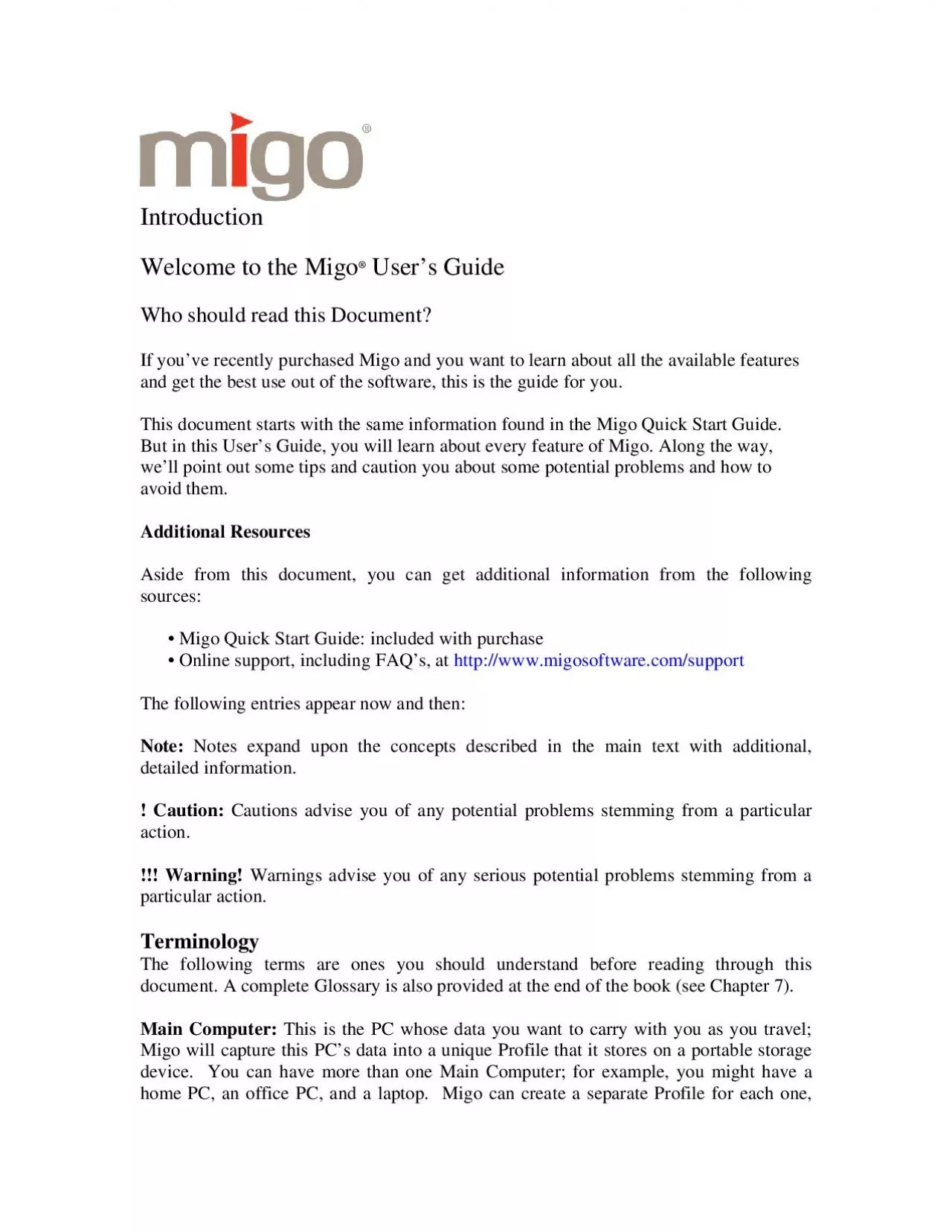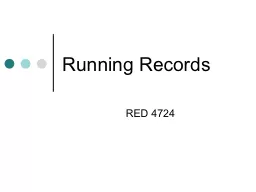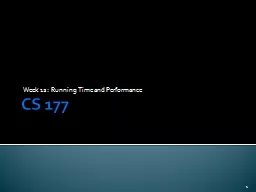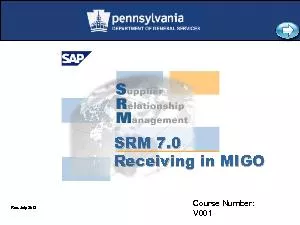PDF-Chapter 2 Getting Up and Running with Migo
Author : bery | Published Date : 2021-06-27
What146s in this Chapter This chapter gives you detailed instructions to help you get up and running with Migo in just a few minutes Getting started with Migo is
Presentation Embed Code
Download Presentation
Download Presentation The PPT/PDF document "Chapter 2 Getting Up and Running with M..." is the property of its rightful owner. Permission is granted to download and print the materials on this website for personal, non-commercial use only, and to display it on your personal computer provided you do not modify the materials and that you retain all copyright notices contained in the materials. By downloading content from our website, you accept the terms of this agreement.
Chapter 2 Getting Up and Running with Migo: Transcript
Download Rules Of Document
"Chapter 2 Getting Up and Running with Migo"The content belongs to its owner. You may download and print it for personal use, without modification, and keep all copyright notices. By downloading, you agree to these terms.
Related Documents











![[DOWNLOAD] - The HomeScholar Guide to College Admission and Scholarships: Homeschool](https://thumbs.docslides.com/902541/download-the-homescholar-guide-to-college-admission-and-scholarships-homeschool-secrets-to-getting-ready-getting-in-and-getting-paid.jpg)


